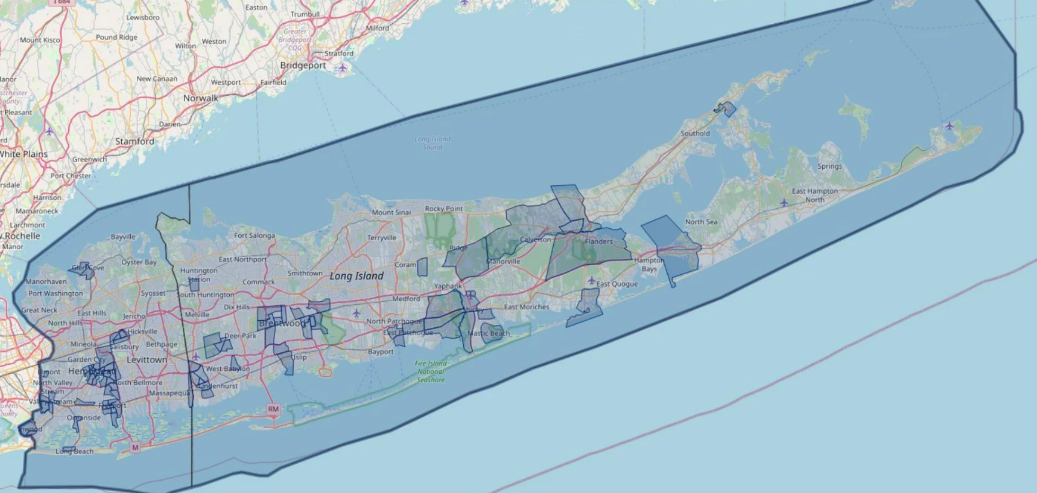
This online environment is designed for Community Navigators to learn about the Long Island Clean Energy Hub's mission to support residents with making smarter energy choices.
Navigators will learn how their role with the hub can support Energy Advisors with outreach and education of all communities, with special emphasis on supporting so called disadvantaged communities (DAC) as designated by NYSERDA.
Navigators will learn how their role with the hub can support Energy Advisors with outreach and education of all communities, with special emphasis on supporting so called disadvantaged communities (DAC) as designated by NYSERDA.
- Teacher: Michael Fiorentino